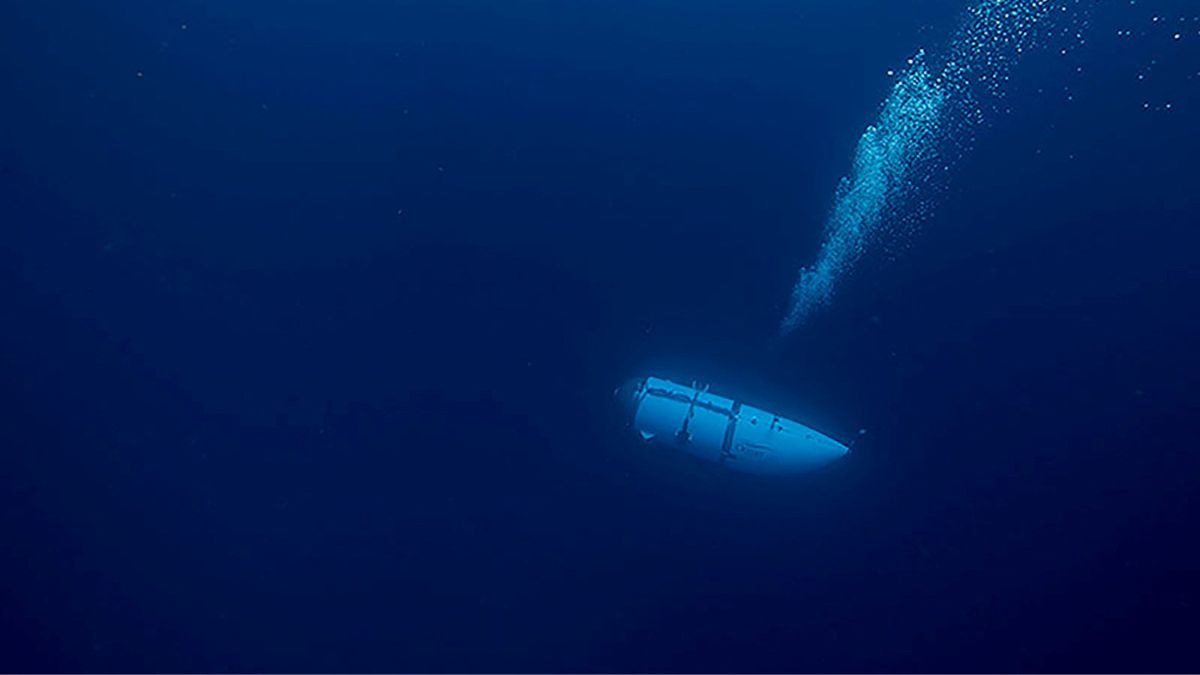- By Nikhil Singh
- Fri, 23 Jun 2023 02:45 PM (IST)
- Source:AFP
JE News Desk: The US Navy had picked up some sounds that suggested there could have been an implosion or explosion in or near the submersible ‘Titan’ that had gone missing in North Atlantic Ocean while on its way to the wreckage of Titanic, Associated Press reported. American Navy had picked up these sounds days after the submersible went missing on Sunday and after analysing it they found that these could have resulted from a ‘catastrophic implosion’.
“That anomaly was consistent with an implosion or explosion in the general vicinity of where the Titan submersible was operating when communications were lost,” a senior US Navy official was quoted saying by AP.
Also Watch:
But What Is A Catastrophic Implosion?
Safety concerns over the ‘carbon fiber hull’ had been raised earlier by a former employee of OceanGate Expeditions, the operator of submersible ‘Titan’, AFP reported. A hull is the main body of the ship or a vessel, excluding its superstructure.
ALSO READ: James Cameron Spotlights Eerie Similarities Between Titan Sub Tragedy And Sinking Of Titanic In 1912
The hull of the submersible ‘Titan’, that was going to the Titanic wreckage, was made by carbon fiber on an experimental basis. It is believed, according to the report, that an implosion could have occurred because of a defect in the hull of the submersible.
A catastrophic implosion happens when the body of a vessel collapses in on itself due to the crushing water pressure that exists at the ocean floor. The Titanic wreckage lies 3,800 metres below North Atlantic Ocean’s surface.
At the surface level, atmospheric pressure in 14.7 pounds per sqaure inch, AFP reported. At the depth where Titanic wreckage lies, the water pressure is nearly 6,000 psi. The submersible was made to withstand this much pressure and had made several descents to the Titanic’s wreckage in the past. But a defect in the hull could have led to an implosion, the report said.
“Death would be virtually instantaneous for the occupants of the pressurized chamber”, it added.
The safety concerns over Titan’s “experimental carbon fiber hull” were raised by David Lochridge, OceanGate’s former director of marine operations who was fired in 2018. His job was terminated precisely for raising these concerns, according to the report.
An engineering professor at London’s Imperial College, Roderick Smith, was quoted saying that the accident could have occurred due to “failure of the pressure hull”. However, the debris will need to be recovered to carry out a full investigation, he added.
"The violence of the implosion means that it may be very difficult to determine the sequence of events," Smith claimed.
(With agency inputs)

